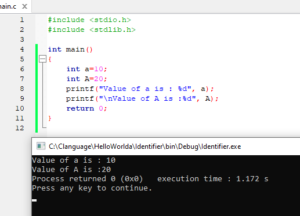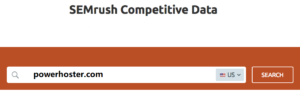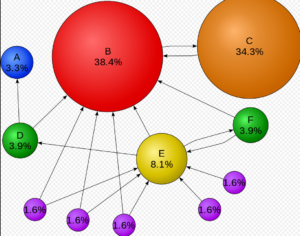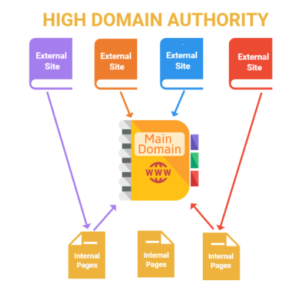Keyword search intent (also known as user intent or search intent) refers to the purpose or goal behind a user’s search query. Understanding search intent is crucial for effective SEO because it helps you create content that directly addresses what users are looking for, thereby improving user satisfaction and increasing the chances of ranking higher in search engine results.

Types of Keyword Search Intent
- Informational Intent:
- Definition: The user is seeking information or answers to questions.
- Examples of Queries: “What is SEO?”, “How does keyword research work?”, “Best practices for on-page SEO.”
- Content Type: Blog posts, articles, guides, tutorials, FAQs, informational videos.
- Navigational Intent:
- Definition: The user wants to go to a specific website or webpage.
- Examples of Queries: “Facebook login”, “YouTube”, “OpenAI homepage.”
- Content Type: Landing pages, homepages, specific product/service pages.
- Transactional Intent:
- Definition: The user is looking to make a purchase or perform a specific action.
- Examples of Queries: “Buy iPhone 13”, “Order pizza online”, “Sign up for Netflix.”
- Content Type: Product pages, e-commerce sites, sign-up pages, landing pages with strong calls-to-action.
- Commercial Investigation:
- Definition: The user is considering a purchase and wants to compare options or research before making a decision.
- Examples of Queries: “Best smartphones 2024”, “Bluehost vs. SiteGround”, “Reviews of Dyson vacuum cleaners.”
- Content Type: Comparison articles, review posts, buyer’s guides, case studies, product reviews.
Why Search Intent Matters
- Improves User Satisfaction:
- Content that matches the user’s intent provides a better experience, which can reduce bounce rates and increase engagement.
- Enhances SEO:
- Search engines aim to deliver the most relevant results for a query. Aligning your content with search intent can improve your rankings and visibility in SERPs.
- Boosts Conversion Rates:
- Understanding and targeting the right intent can lead to higher conversion rates, as users are more likely to find the exact information or product they need.
How to Determine Search Intent
- Analyze SERP Features:
- Look at the top results for your target keywords. The types of content (e.g., articles, product pages, videos) can give you insights into the prevalent search intent.
- Check for SERP features like featured snippets, knowledge panels, and “People also ask” boxes.
- Use Keyword Modifiers:
- Specific words in search queries can indicate intent:
- Informational: “how”, “what”, “why”, “guide”, “tips”.
- Navigational: brand names, specific website URLs.
- Transactional: “buy”, “order”, “purchase”, “discount”, “coupon”.
- Commercial Investigation: “best”, “reviews”, “vs”, “comparison”, “top”.
- Specific words in search queries can indicate intent:
- Consider User Behavior:
- Tools like Google Analytics and Search Console can provide data on user behavior and engagement, helping you understand what content best meets their needs.
- Utilize Keyword Research Tools:
- Tools like Ahrefs, SEMrush, and Moz can provide insights into keyword search volumes, difficulty, and related queries, helping you gauge intent.
Creating Content for Different Search Intents
- Informational Content:
- Focus on providing valuable, in-depth information.
- Use clear headings, subheadings, and bullet points to improve readability.
- Incorporate visuals like images, infographics, and videos to enhance understanding.
- Navigational Content:
- Ensure your brand or site pages are easily accessible and optimized for relevant queries.
- Maintain a clean, user-friendly design for landing pages.
- Transactional Content:
- Highlight product benefits, features, and customer reviews.
- Include clear calls-to-action and make the purchasing process straightforward.
- Optimize product pages with high-quality images, detailed descriptions, and user reviews.
- Commercial Investigation Content:
- Provide detailed comparisons, pros and cons, and expert reviews.
- Use charts, tables, and lists to make comparisons clear and concise.
- Encourage user reviews and testimonials to build trust.
Conclusion
Understanding keyword search intent is essential for creating targeted, effective content that meets the needs of your audience. By identifying whether users are looking for information, navigating to a specific site, making a purchase, or comparing options, you can tailor your content strategy to improve SEO performance, enhance user experience, and drive conversions.






